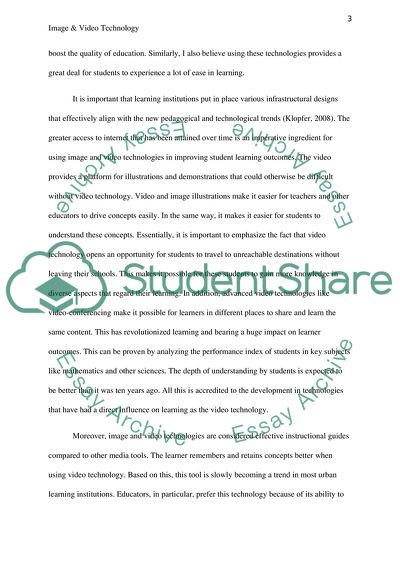Cite this document
(Image and Video Can Affect Student Learning Outcomes Literature review Example | Topics and Well Written Essays - 4750 words, n.d.)
Image and Video Can Affect Student Learning Outcomes Literature review Example | Topics and Well Written Essays - 4750 words. https://studentshare.org/education/1869083-final-project
Image and Video Can Affect Student Learning Outcomes Literature review Example | Topics and Well Written Essays - 4750 words. https://studentshare.org/education/1869083-final-project
(Image and Video Can Affect Student Learning Outcomes Literature Review Example | Topics and Well Written Essays - 4750 Words)
Image and Video Can Affect Student Learning Outcomes Literature Review Example | Topics and Well Written Essays - 4750 Words. https://studentshare.org/education/1869083-final-project.
Image and Video Can Affect Student Learning Outcomes Literature Review Example | Topics and Well Written Essays - 4750 Words. https://studentshare.org/education/1869083-final-project.
“Image and Video Can Affect Student Learning Outcomes Literature Review Example | Topics and Well Written Essays - 4750 Words”. https://studentshare.org/education/1869083-final-project.


